Description
Chandanadi Thailam is a traditional recipe that combines the deeply cooling and Pitta pacifying effect of drugs like Chandana, Madhuka, Kushta, Ashwagnadha, Cow’s milk to name a few, in a satiating base of sesame oil. The fragrance of White Sandal is associated with coolness, calmness and earthiness. The state that this heartwood instills within the human body resonates very well with a grounded and peaceful state of being.
Chandanadi Thailam also contains drugs like Jatamansi and Nata which have a calming and rejuvenating application on the brain and central nervous system. It is extensively used as Moordhataila (application to head) application and Abhyanga (body massage) to manage physical and mental disorders arising from aggravated Pitta in the body.
Moordhataila, the application of oil on the head is a practice endorsed by Ayurveda scriptures. The head is the most significant part of the body. It encompasses eight vital opening – the eyes, ears, nose and mouth and one significant but subtle access point to the well being of the body – the crown of the head. Application of oil on the head, while imparting obvious and sustained health to your tresses, at a more subtle level, it works effortlessly towards the well-being of your entire body.
Quantity sufficient based on area of application.
Advised for Moordhataila (application to head) as well as Abhyanga (body massage).
Key Ingredients:
CHANDANA (Sanctalum album)
The addition of sandalwood or Chandan nourishes the skin by reducing pimples, acne marks, blemishes, suntan, dullness and excess oil from the skin. This potent herb pacifies Pitta doshas, cleanses the skin, reduces inflammation and effectively treats conditions like diarrhea and piles.
SARIVA (Hemidesmus indicus)
Sariva is known for its refreshing coolant action, blood purifying effect & Pitta pacifying properties. Sariva detoxifies the ‘ama’ (toxins), hence it is very useful in gout, arthritis, chronic rheumatic disorder and glandular swellings and Beneficial in burning micturition and yellowish urine.
KUSHTAM (Saussurea luppa)
Kushtam also called as Sausseria lappa is a well used drug in Ayurveda that has a good antiinflammatory and antibacterial property. It also helps in preventing infections. The roots contain resinoids, essential oils, alkaloids, insulin and other minor constituents like tannins and sugars. The root (containing both the essential oil and alkaloid saussurine) is used to treat asthma, by relaxing the bronchioles. The relief obtained is comparable to that of conventional bronchodilators without side effects.
THAGARA (Valeriana wallichii)
It calms the mind by interfering with brain chemicals (GABA) that communicate information between the nerve cells in the brain. Induces good sleep and reduced stress. Indian Valerian is recommended for the treatment of insomnia. It stimulates the central nervous system, and reduces spasms and anxiety. Records have shown that the herb, which grows in abundance in the temperate Himalayan regions, has been medicinally used in the 16th century to treat trembling, delirium tremens, headaches and heart palpitations.
YASHTIMADHU (Indian liquorice)
These roots obtained from the Glycyrrhiza glabra tree help in pacifying the Pitta doshas like piles, anemia, and controls the Vata doshas like urinary incontinence, urinary retention, improve wound healing and reduces inflammation . Licorice has an impressive list of well-documented uses. It is used to treat a wide array of illnesses including lowering cholesterol levels, healing respiratory tract disorders and boosting immunity levels. Recent studies have found that by limiting the damage from low density lipoprotein (‘bad’) cholesterol, Licorice may discourage artery-clogging plaque formation and contribute to the healthy functioning of the heart.
ASWAGANDHA (Withanya somnifera)
Ashwagandha is commonly used for stress. It is also used as an “adaptogen” for many other conditions, but there is no good scientific evidence to support these other uses. Ashwagandha contains chemicals that might help calm the brain, reduce swelling (inflammation), lower blood pressure, and alter the immune system. The root contains steroidal compounds which include the lactones Withaferin A and carbon-27-glycowithanolide, known collectively as the Withanolides. The Withanolides are responsible for the varied medicinal applications of the herb. Winter Cherry also contains a fair amount of alkaloids including tropine, pseudotropine, isopelletrine, anaferine and saponins, which impart medicinal properties to the herb.
JATAMANSI (Nardostacys jatamansi)
Jatamansi also known as Nardostacys jatamansi. It has a very good antioxident and antiinflammatory property that helps to reduce premature hair graying and hair growth. The therapeutic benefits of Musk Root have been documented in various Ayurvedic texts. The herb is recommended for combating stress and insomnia. It is also known to enhance.
NAGAKESARA (Messua ferrea)
Ironwood Tree possesses many therapeutic benefits. It is a hemostatic that stops bleeding and is also an anti-inflammatory. The Ayurvedic Pharmacopoeia of India recommends the use of the plant in gout, hemorrhagic disorders and diseases of the urinary bladder.
ELA (Elettaria cardomum)
Ela is commonly known as Elaichi. It has a very good antiibacterial and anfungal properties. It helps in reducing inflammation. Cardamon is often given the epithet ‘Queen of Spices’ as it is used to flavor food in many countries. In addition, the herb has several health benefits. The German Commission E has indicated the use of Cardamom in dyspepsia and as a cholagogue, which promotes bile discharge from the system. The herb is also helpful in treating gum and teeth infections, throat congestion and kidney disorders.
MUSTA (Cyperus rotundus)
Commonly known as common nut sedge, it is effective in gastritis, irritable bowel syndrome. Due to its breast purification property it is used during post partum care to avoid indigestion to the child. Nut Grass has a long history of medicinal use in the Ayurvedic system of medicine. Its benefits have been documented in the Charaka Samhita, one of Ayurveda’s prime texts. The herb also features heavily in medicinal texts of Chinese Traditional Medicine (CTM). In CTM, Nut Grass is credited with the ability to restore ‘qi’, the natural patterns in which the body functions.
TWAK (Cinnamom verum)
Twak also known as Cinnamom verum is used for Neurological disorders, Cardiovascular diseases, Oxidative stress, Inflammatory disorders, Diabetes, Microbial infections, Cancer and other conditions extensively in Ayurveda.


 Sign In
Sign In Cart
Cart 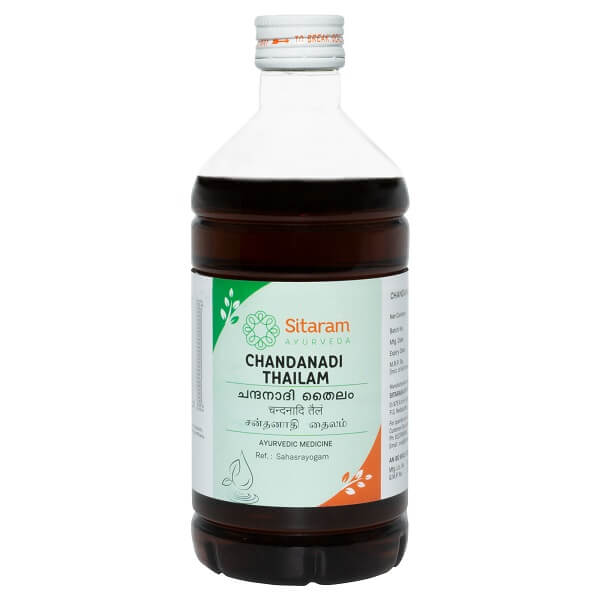
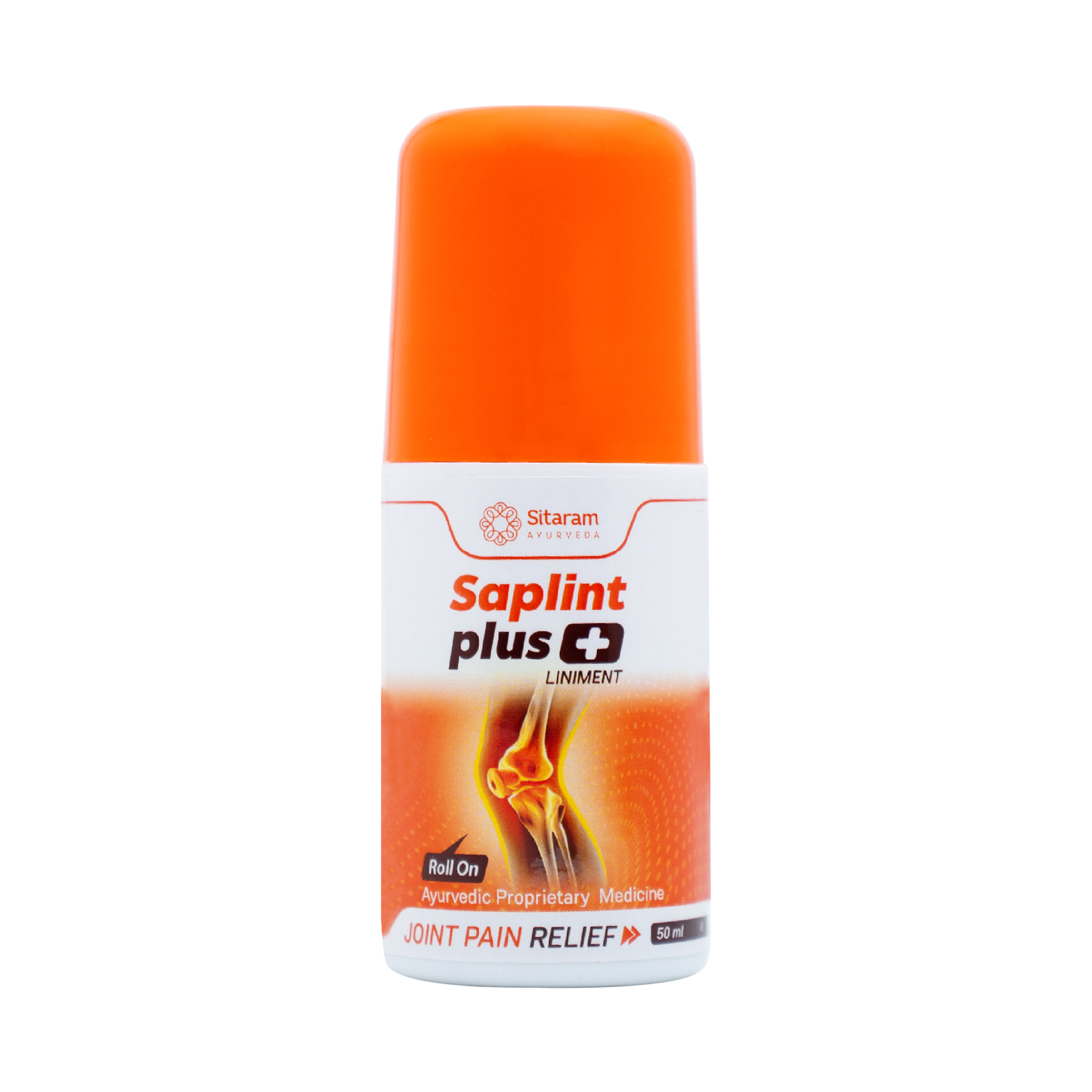
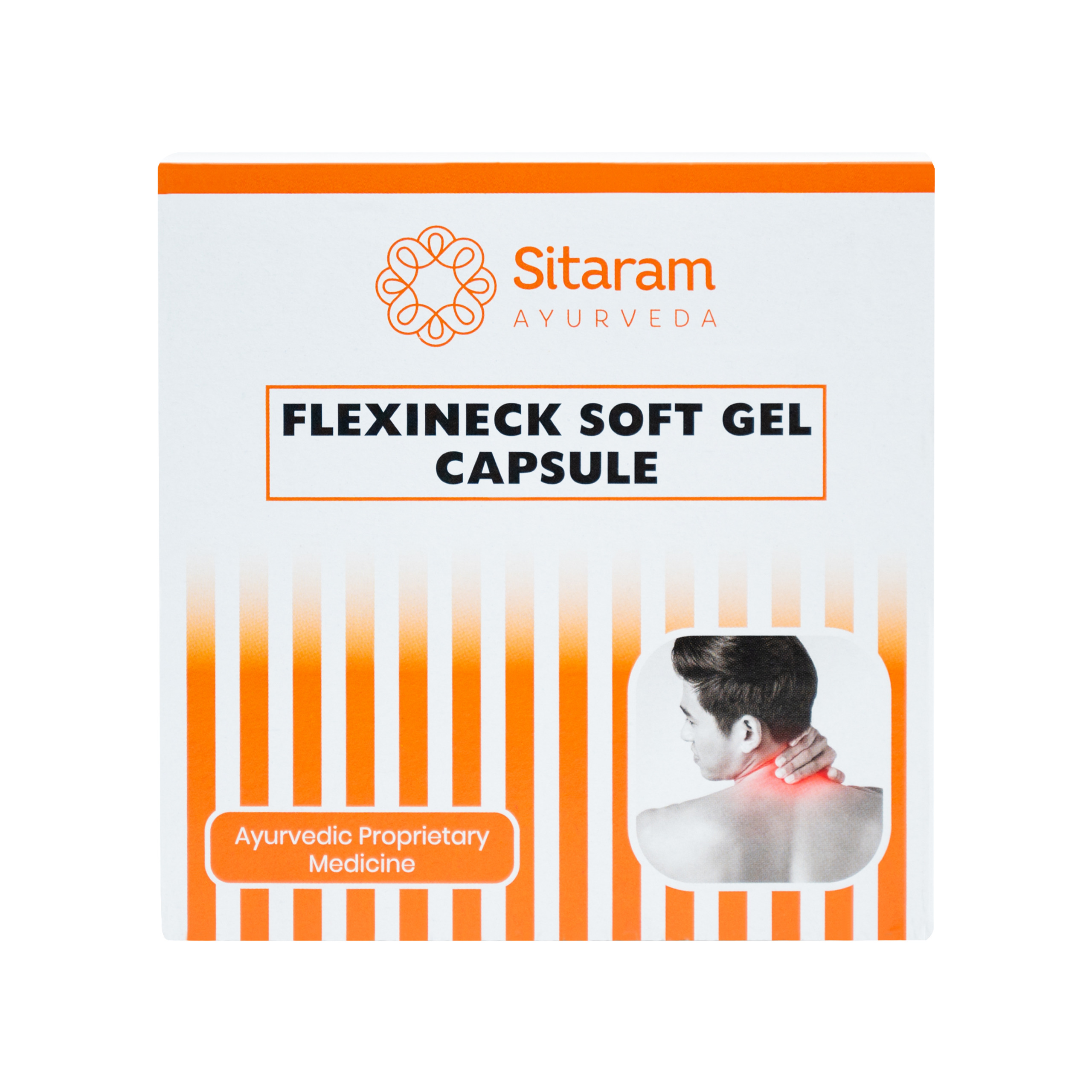
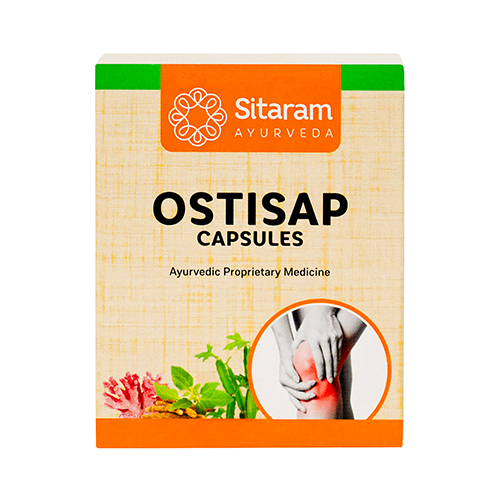
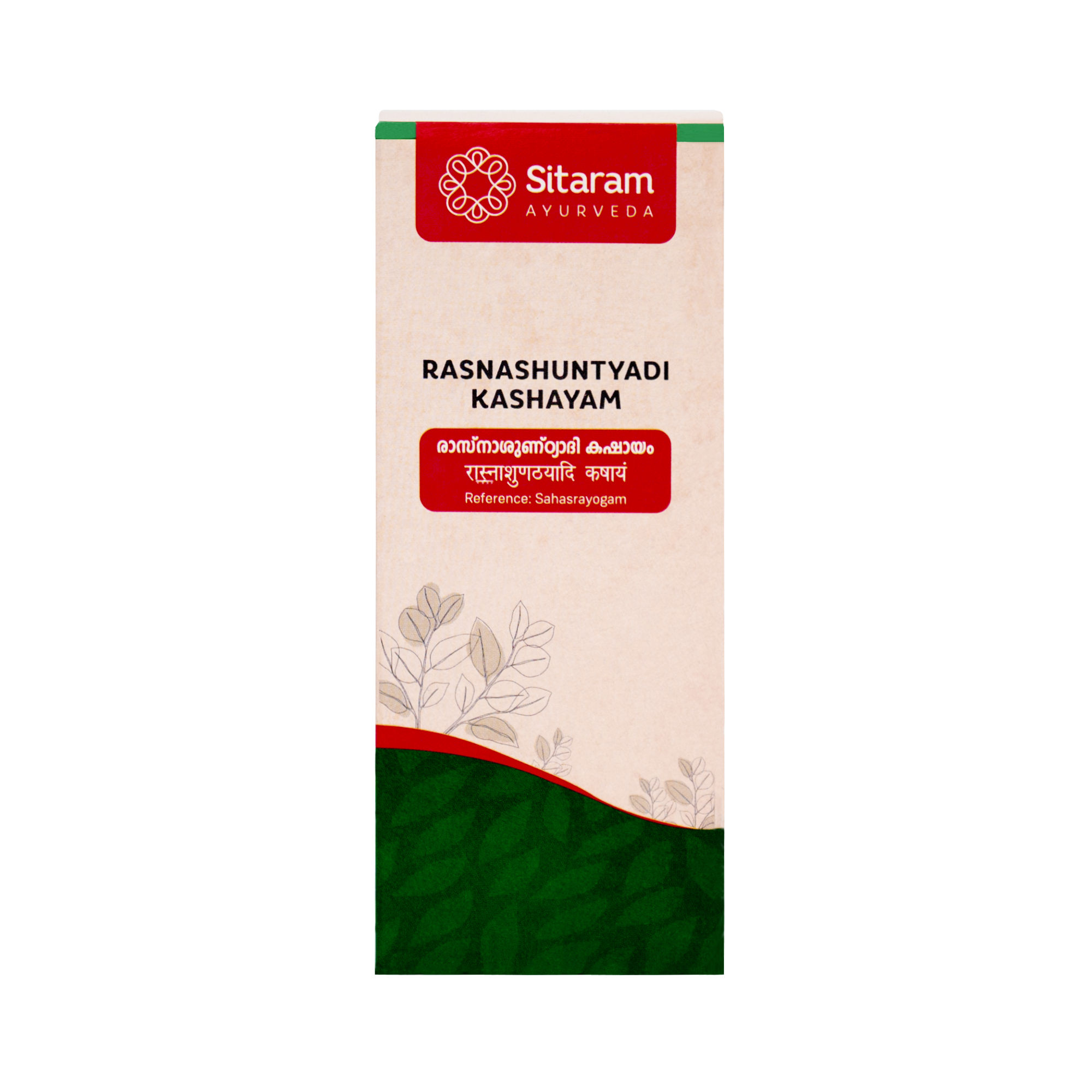
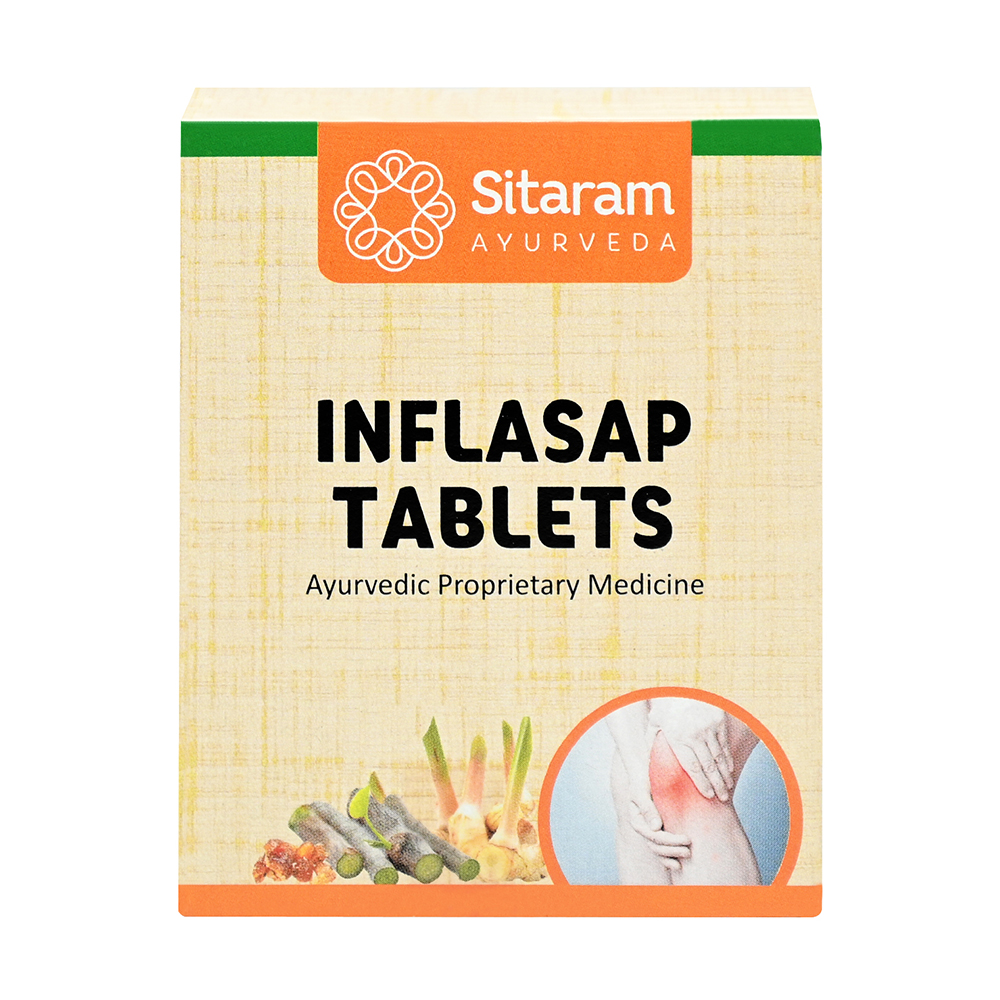
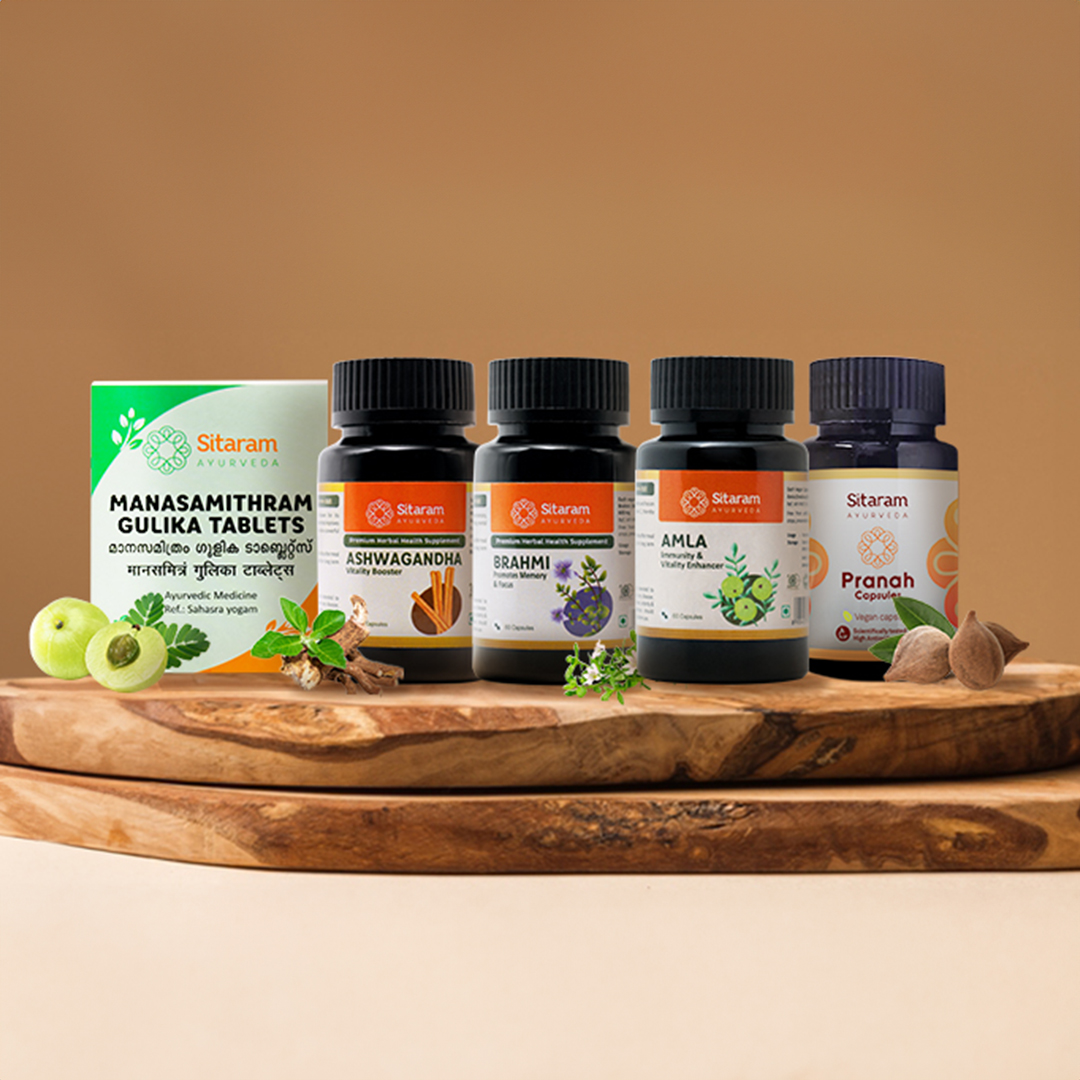
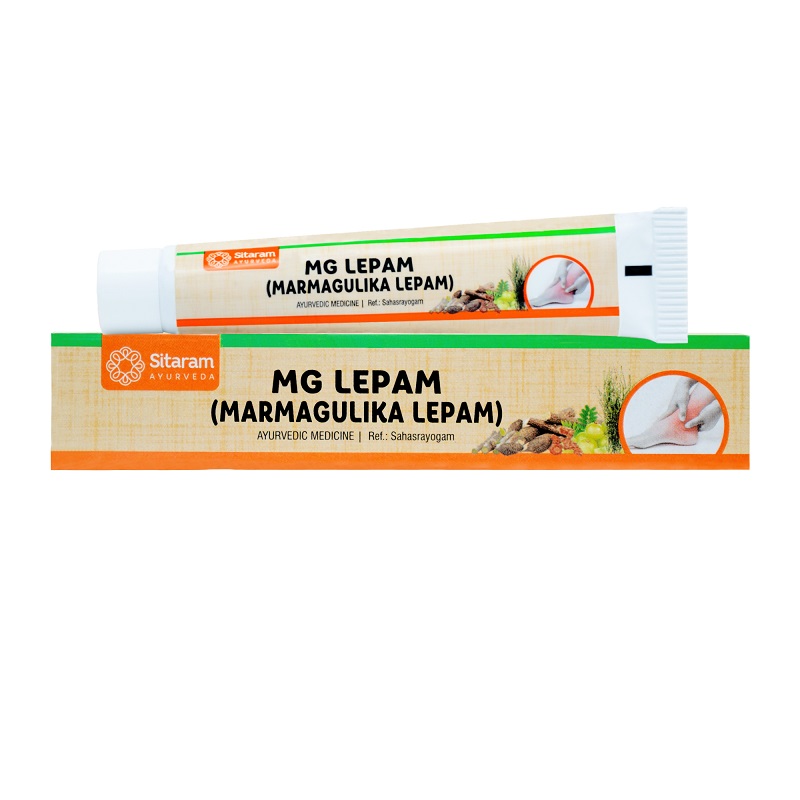
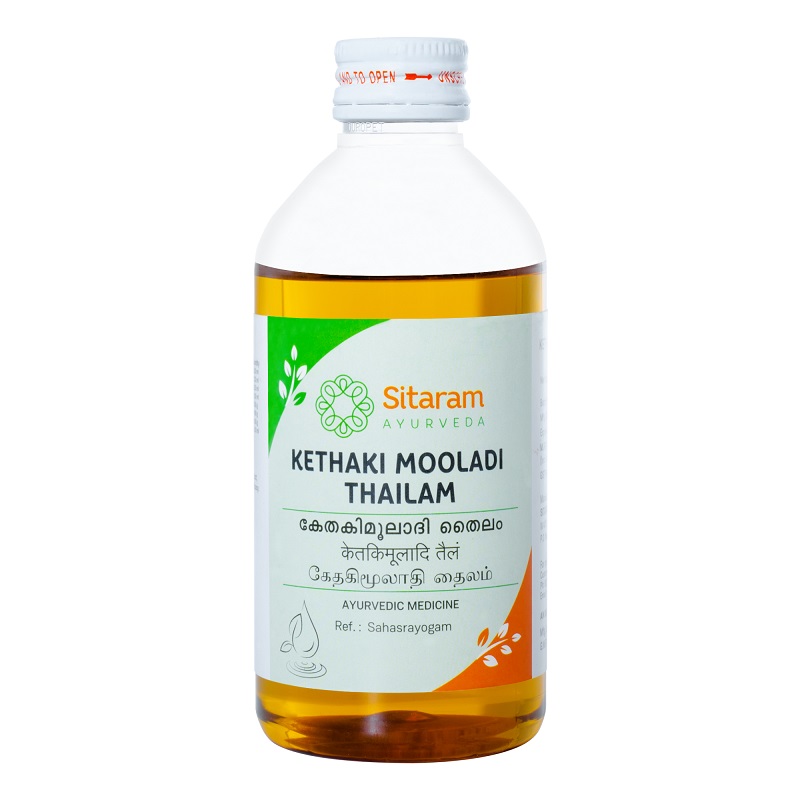
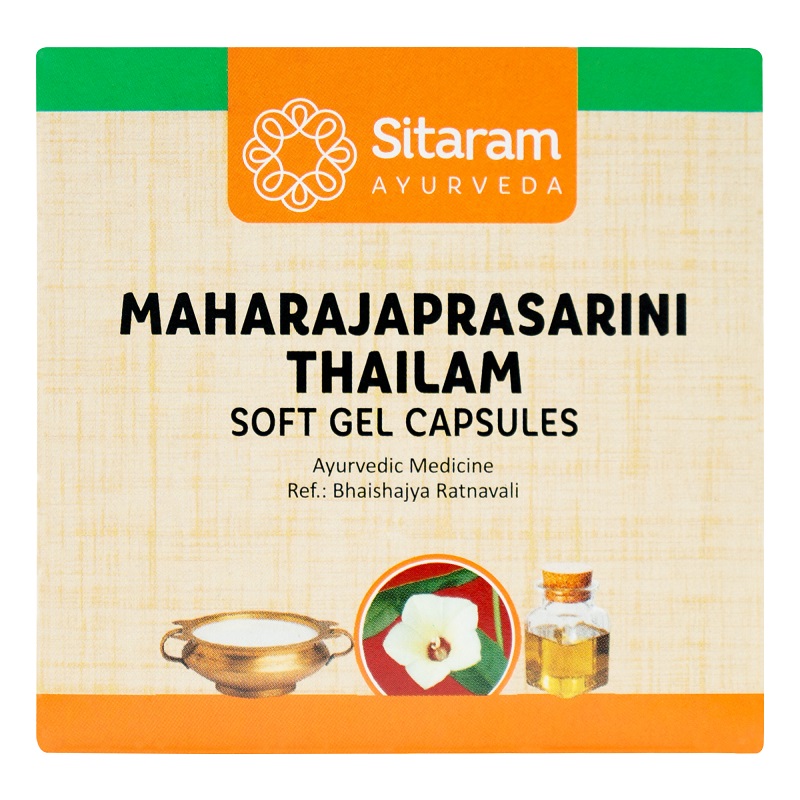
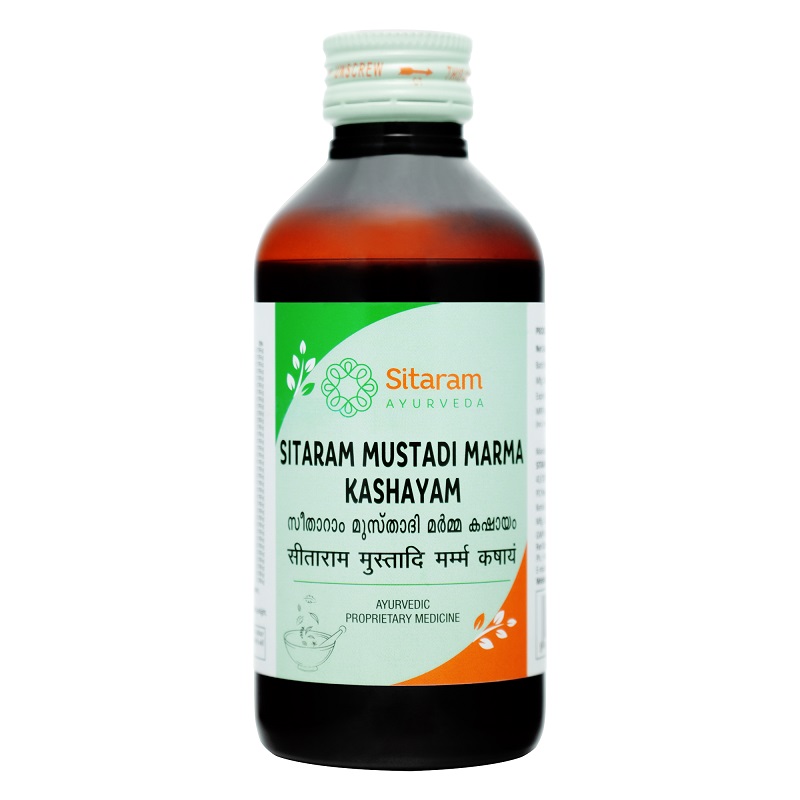
Sandeep Sharma (verified owner) –
Good
Ahamed Khan Asanar Pillai (verified owner) –